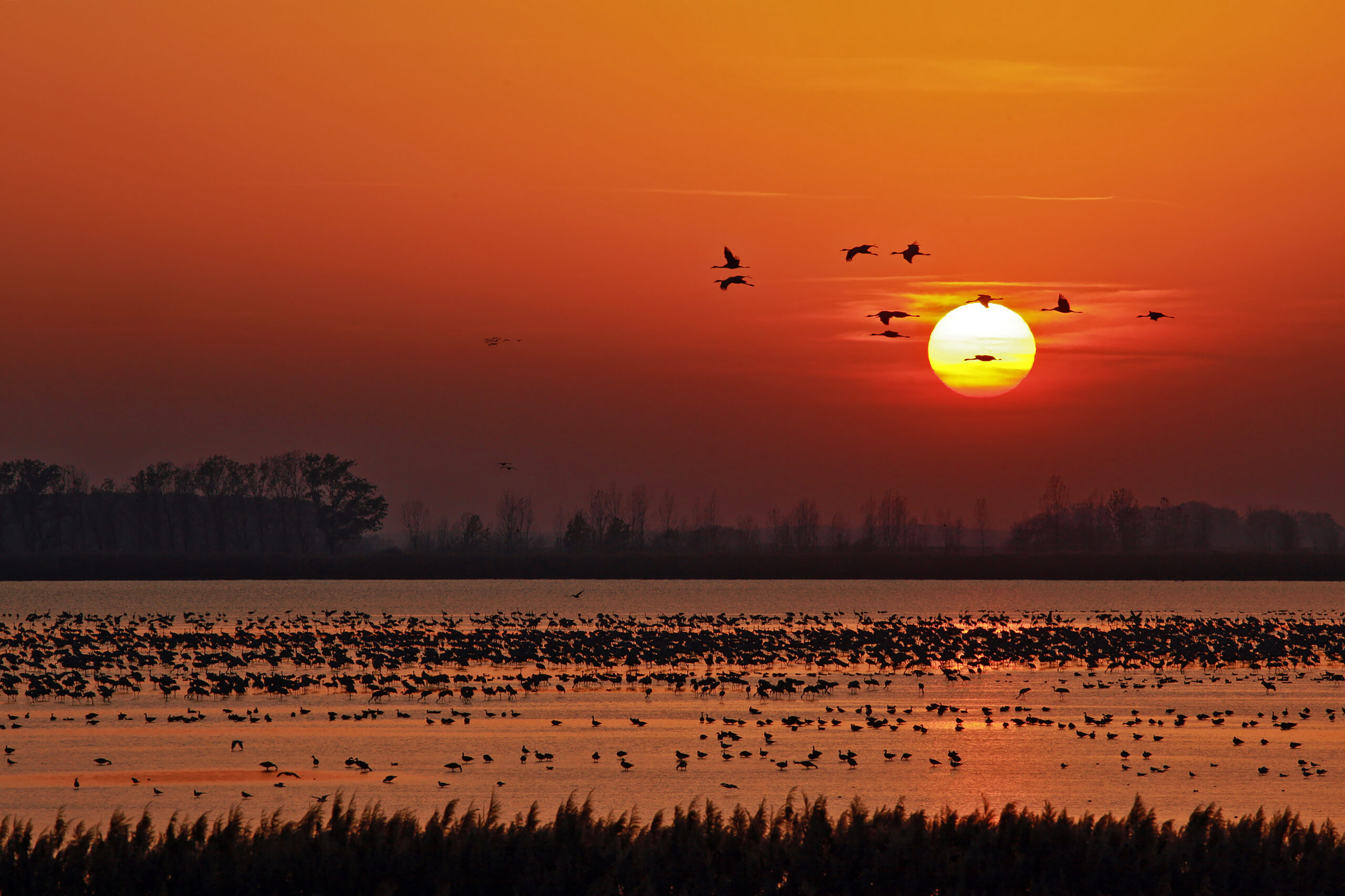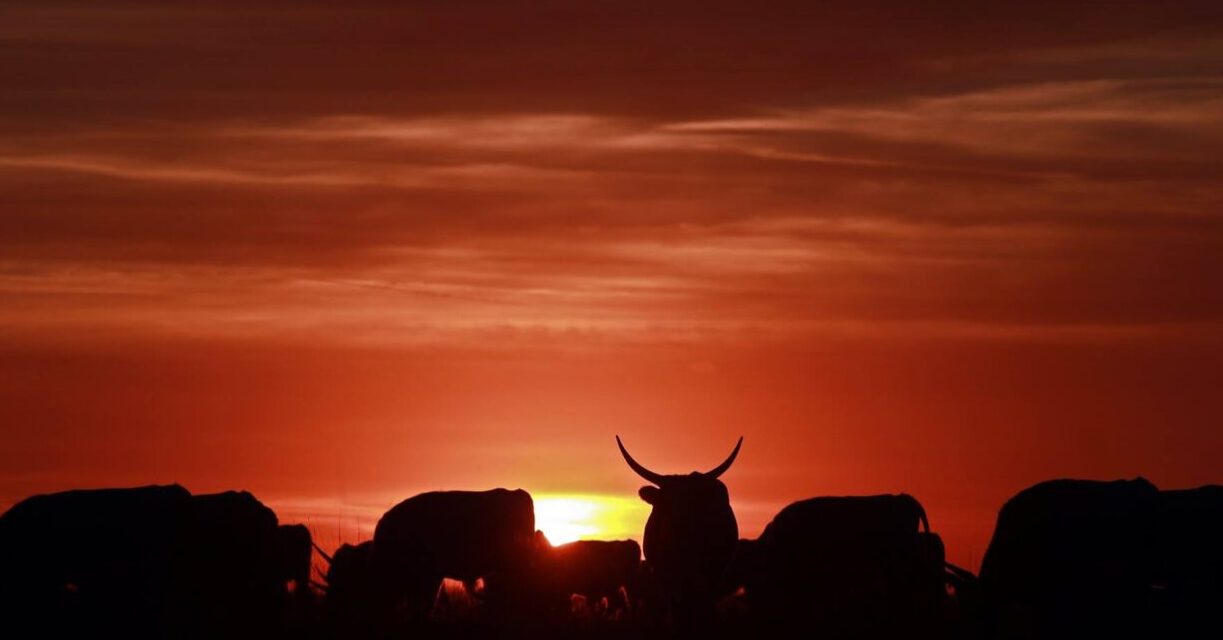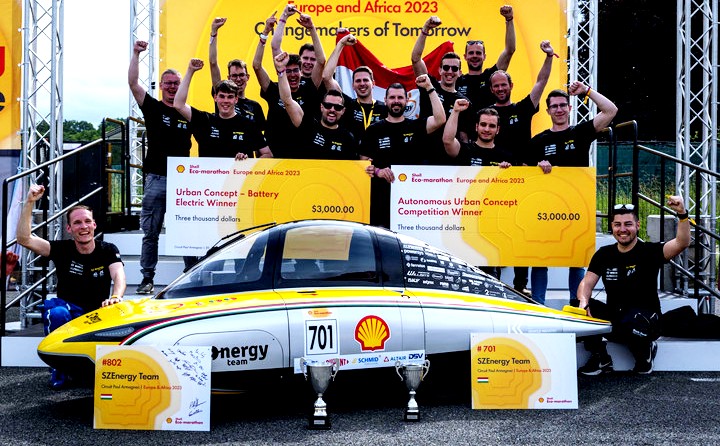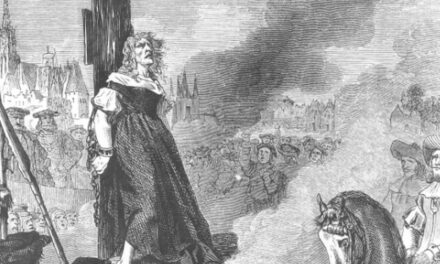Our first national park turned 50 years old.
Poets and writers testified about its beauty and uniqueness. The life of our nomadic ancestors is revealed here, its relationship with the wonderful nature, which narrowly measures the goods necessary for living, everything that made Hortobágy a symbol of Hungarian destiny. The natural richness of the plain, its scenic beauty, and its ethnographic traditions together elevate it to the ranks of our national treasures, which are guarded with fear.
The establishment of the National Park on January 1, 1973 was facilitated by the "Pro Natura" memorandum submitted to the Hungarian government, which was signed by 21 internationally renowned scientists. The exploratory investigations carried out during the preparation already indicated that the wetlands are in the greatest danger, so the first thing that happened was the construction of the water replacement system of the Kunkápolnási swamp.
The economic system of the time made it difficult to use land that also serves nature conservation purposes. Goose farming was a test of strength with many conflicts.
After the temporary difficulties of the regime change, it became possible to place the largest part of the protected areas under national park management, which brought about a decisive change in the relationship between farming and nature conservation. The settlement of ownership relations, the cooperation with partner bodies created from the former state economy (Nonprofit Kft., Halgazdaság Rt.) and the expansion of the national park strengthened the unity of the management of the wilderness.
In the mid-1990s, thanks to domestic and international support, nature conservation rehabilitation work gained new momentum. The restoration of the Eyek-pustkakócsi marshes and the construction of the Halas-fének water replacement system in Zám have taken place.
Of great importance was the eradication of the canals of the abandoned rice fields and irrigated pastures, which restored the natural water balance of nearly 30,000 ha of saline plains.
The installation of the overhead lines in the ground cable, which breaks the horizon of the desert and endangers the birds, brought a spectacular result. Significant improvements have also been made in making the remaining power grid bird-friendly.
In the last decade, the condition of wetland habitats has further improved thanks to projects aimed at improving water retention and rehabilitating meadow lakes.
The grazing of more than 300 Eurasian wild horses and 240 reconstructed ancient tusks in Pentezug alone ensures the maintenance of a favorable ecological condition.
In addition, significant developments have taken place in the field of ecotourism and environmental education (e.g. visitor center, nature school).
In addition to domestic legislation, the wilderness is also protected by international treaties. Its entire area is a UNESCO biosphere reserve. Its wetlands, which play an important role in bird migration, have been added to the list of the Ramsar Convention. The plain is part of the World Heritage and International Astronomical Park.
In addition to preserving our natural and cultural heritage, we also aim to present it.

Photo: Attila Szilágyi - crane roost at sunset
Hortobágy's popularity was maintained for a long time by the carriage rides and foal show in Máta. The traditional knowledge and customs of the shepherds who graze huge flocks and herds are still among the most important values today.
While the Pusztai Animal Park presents Hungarian breeds of domestic animals native to the Carpathian Basin, the Malomház Wildlife Park presents animal species that have already disappeared from the wilderness (wild horses, ancient wolves).
The restored small railway on the "Old" lakes also helps to present the rich birdlife.
The above also proves that our country's first national park is a particularly important part of our national heritage, the preservation and presentation of which is ensured thanks to the high-level professional work of the professionals working here.
Hortobágy National Park Directorate / Dr. Csaba Aradi - Zoltán Danyi - István Gyarmathy
Featured image: Hortobágy National Park/Facebook













